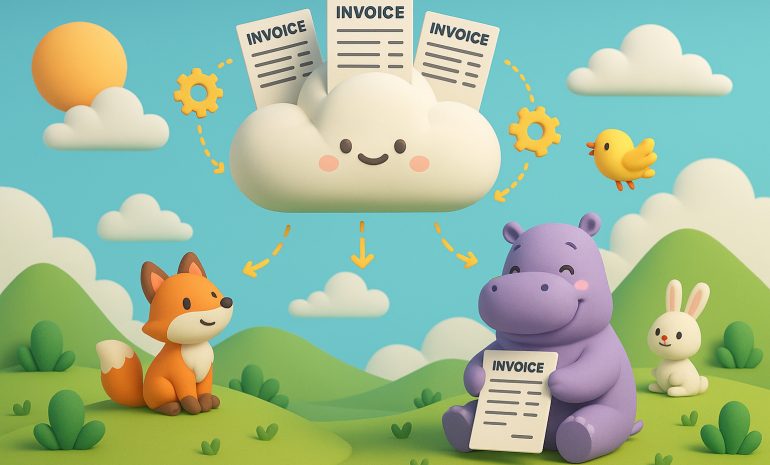Introduction:
In the ever-evolving digital landscape, traditional CMS platforms are gradually making way for their headless variants. The advancements in technology and the need for flexibility and scalability have sparked a new era of headless CMS. If you’re a WordPress and WooCommerce user, it’s high time to explore the wonders of integrating a Headless CMS with your platform. In this post, we’ll delve into the world of headless CMS and guide you through its integration process with WordPress and WooCommerce.
Understanding Headless CMS:
A headless CMS is a content management system without a front-end layer, or the ‘head’. It allows you to create the content and then deliver it anywhere you need via APIs. This makes it possible for your content to be available on any device or platform – be it websites, apps, smartwatches, or even IoT devices.
The Benefits:
1. Omni-channel readiness: A headless CMS enables your WordPress and WooCommerce content to be delivered across a multitude of channels, ensuring a consistent user experience.
2. Scalability: As your business grows, you can easily scale your content management without disrupting the front-end of your site.
3. Developer-friendly: Developers are free to use the technology they are comfortable with for the front-end, making the development process more efficient and flexible.
4. Improved performance: Without the constraints of a front-end, websites can load faster, improving SEO and user experience.
Integrating Headless CMS with WordPress and WooCommerce:
Integration of a headless CMS with WordPress and WooCommerce might seem intimidating, but it’s not as complex as it sounds. Here are some step by step procedures to guide you through the integration process.
1. Choose a Headless CMS: The first step is to select a headless CMS that best suits your needs. Some popular options include Contentful, Prismic, and ButterCMS.
2. API Integration: The next step involves integrating the chosen headless CMS with your WordPress and WooCommerce platform using APIs.
3. Content Preparation: Prepare your content within the headless CMS. This could involve creating blog posts, product descriptions, or any other content needed for your WooCommerce store.
4. Content Delivery: Use the CMS’s API to deliver the content to your WordPress and WooCommerce site.
5. Testing: Finally, test to ensure that the content is appearing correctly on your platform and that everything is functioning properly.
In conclusion, integrating a headless CMS with WordPress and WooCommerce is a strategic move that can provide your business with greater flexibility and scalability, ensuring your content is future-proof and omnichannel ready.
Introducing the Hippoo WooCommerce App:
To further streamline your WooCommerce operations, consider using the Hippoo WooCommerce App. It’s a comprehensive solution designed to manage your WooCommerce store with ease. From inventory management to order processing, Hippoo simplifies every aspect of running an eCommerce business. Take your WooCommerce store to the next level with Hippoo!
Join us next time as we continue to explore the exciting world of WordPress and WooCommerce, providing tips, tricks, tutorials, and more. Stay tuned!

